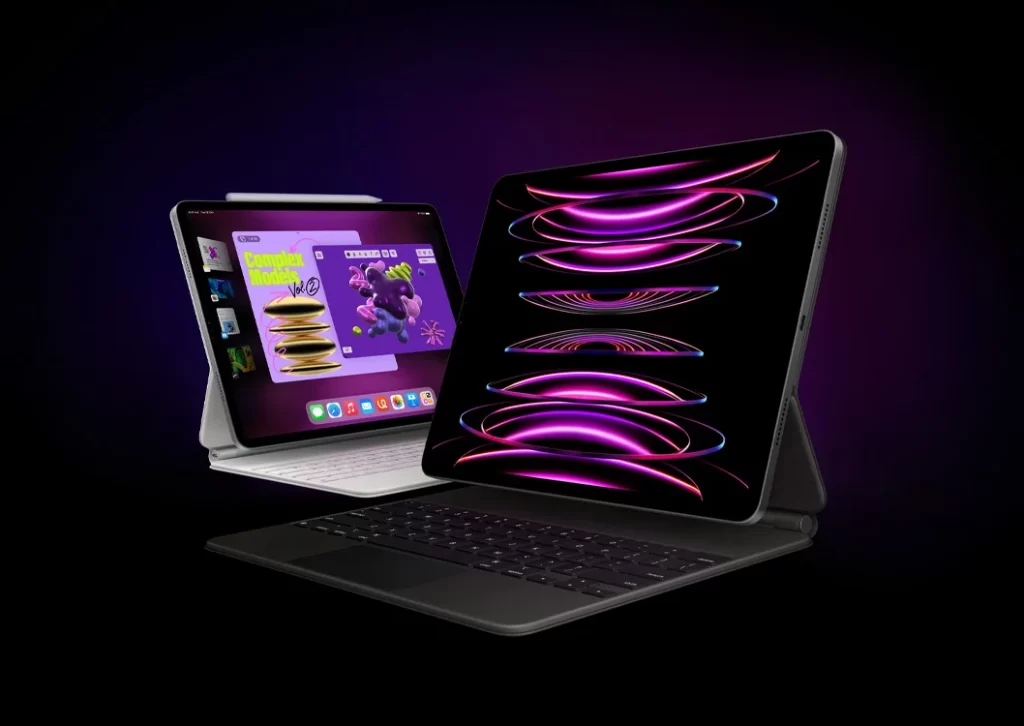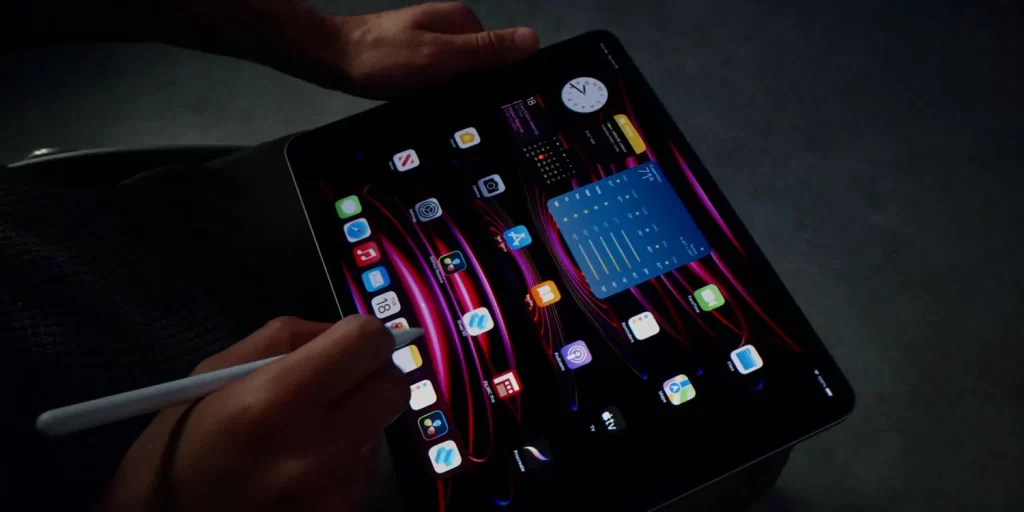
The anticipated OLED iPad Pro might indeed debut alongside the M4 chip, marking a significant upgrade in processing power and efficiency. This combination of advanced display technology and a powerful chipset could redefine the user experience, offering enhanced performance for demanding tasks like gaming, creative work, and multitasking.
With the M4 chip expected to feature an improved neural engine, the iPad Pro could also leverage AI capabilities for various applications, including machine learning tasks, advanced image processing, and augmented reality experiences. This integration of cutting-edge hardware and software technologies positions the OLED iPad Pro as a flagship device catering to users who prioritize performance and innovation.
As the official unveiling approaches, enthusiasts and professionals alike are eagerly anticipating the launch to witness firsthand how the M4 chip and OLED display elevate the iPad Pro’s capabilities to new heights.
Apple is gearing up for a significant AI showcase at this year’s Worldwide Developer Conference, but the excitement might kick off earlier with the anticipated launch of the OLED iPad Pro on May 7th. According to Bloomberg’s Mark Gurman, this tablet could debut with an M4 chip and a neural engine, marking it as Apple’s “first truly AI-powered device.”
In Gurman’s Power On newsletter, he hinted that Apple might use the May event to unveil its AI chip strategy clearly, allowing a focused discussion on how the iPad Pro and other M4 devices will leverage Apple’s AI capabilities in the upcoming iPadOS 18. This could encompass in-house Apple-designed features as well as deeply integrated chatbots from major players like Google or OpenAI.

The upcoming Pro models are anticipated to receive substantial upgrades, including a transition to OLED displays and new accessories. One of these accessories, as per Gurman, will be the next-generation Apple Pencil featuring haptic feedback. While Gurman doesn’t elaborate on the purpose of haptic feedback, it sparks intriguing possibilities like adding simulated textures while drawing, enhancing the tactile experience.
However, continuous haptic feedback may impact the Pencil’s battery life negatively. This speculation raises questions about Apple Pencil support for the Vision Pro, suggesting potential advancements to address these concerns. These could include new features like squeeze gestures, magnetic tips for swift style changes, and overall improvements to enhance user interaction and productivity in virtual environments.
While Gurman has highlighted the upcoming iPad Pro as the most substantial redesign since 2018, the internal enhancements may not immediately stand out to most users. In his recent reporting, Gurman specifically mentioned the OLED screen as the other notable feature of the new tablet, alongside its AI capabilities powered by the M4 chip and neural engine. This suggests that while the external changes may be visually striking, it’s the combination of advanced hardware and display technology that truly sets this iPad Pro apart.

While the allure of an OLED screen might be enough to sway some users towards upgrading to the new iPad Pro, others may require more substantial changes to justify the switch. The rumored design tweaks, such as a thinner profile and rounded edges akin to the iPhone 15 Pro, may not be perceived as a significant redesign by everyone.
However, positioning the iPad Pro as Apple’s flagship AI device could resonate with a specific audience. Those interested in advanced AI capabilities and seeking a high-performance tablet might find the new iPad Pro appealing. This strategy could help Apple target a niche market segment that values cutting-edge technology and computational power.
Nevertheless, the broader consumer base might lean towards more affordable options like the iPad Air, especially if the AI features are not perceived as essential for their usage. Apple’s ability to articulate the value and practicality of on-device AI features, along with the actual performance in iPadOS 18, will likely influence consumer perceptions and purchasing decisions in the coming months.




